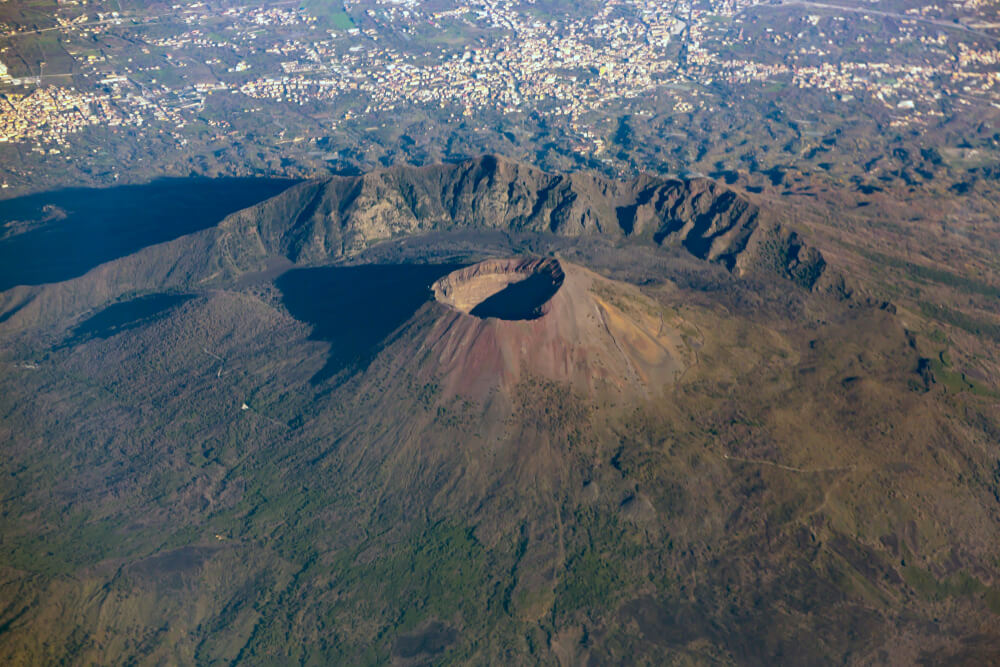Mount Vesuvius is an active volcano that can be found on the Gulf of Naples. It has erupted on numerous occasions. However, its surroundings have nonetheless been well-populated since ancient times because of its fertile soil. This is why Mount Vesuvius is best known for its eruption in 79 AD that destroyed Pompeii and a number of other Roman settlements.
There is an ongoing dispute about which month this eruption happened. However, the traditional account is that Mount Vesuvius started stirring on August 23 before erupting over the course of August 24 and August 25. This was notable because the first date was the festival of Vulcan, a Roman god of fire, volcanoes, and metal-smithing. Indeed, the very name of the volcano is a reference to said figure.
Regardless, there are a number of reasons why the eruption of Mount Vesuvius in 79 AD stands out in the popular consciousness. One, a well-known Roman author called Pliny the Elder, is known to have died because of it. At the time of the incident, he was an official of the Roman navy, meaning that he could help out when he learned that one of his friends was stranded at a seaside resort called Stabiae.
Unfortunately, he and his crew didn’t just fail to rescue his friend; they became stuck themselves because the wind was against them. Pliny died when the group was overtaken by a plume of hot toxic gases, which was particularly problematic for him because he was an overweight individual with a chronic respiratory condition.
The more important factor is that the eruption buried both Pompeii and Herculaneum, which were uncovered in the late 18th century and early 19th century. The findings provided us with remarkable insight into the Roman culture of the Principate. Even so, what most people associate with those sites would be the haunting plaster casts of the people who weren’t able to flee the eruption.

